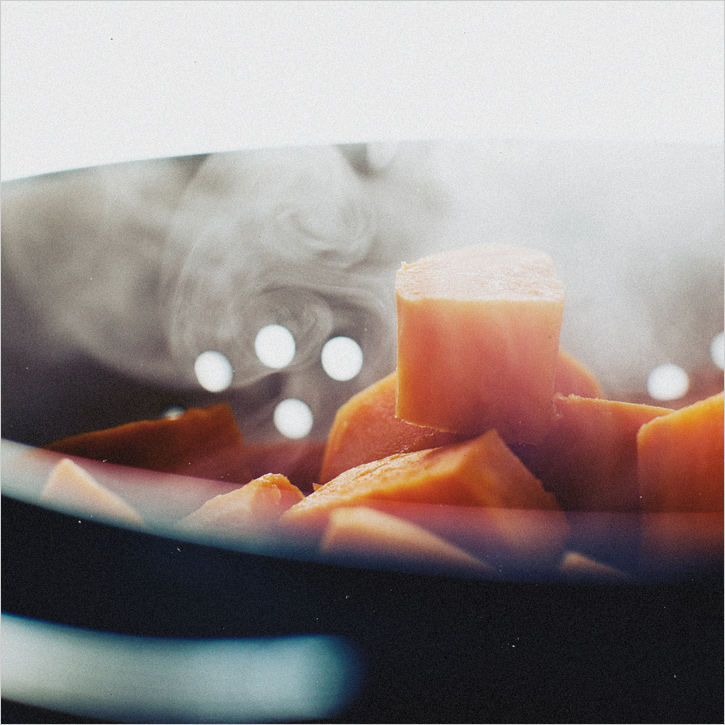"Beet's concentrated jewel-like color is both its joy and its downfall. It is Murphy's law that it should marry so happily with the virginal white of goat cheeses, mascarpone, and thick puddles of creme fraiche, none of whose looks are improved by a pink stain curdling the outer edge" - Nigel Slater, Tender
I love them for their boldness. For their unmatched flavor and unapologetic way of making everything pink (when using the red ones), like Slater mentions. They are what they are, without reservation, a concept that I've been wrestling with on a personal/career level this past week. I likely sound nutty, but there are lessons to learn in the growing, cooking and serving of food aren't there?
Beet greens are not for the faint at heart. For years I threw them away, not knowing they were perfectly edible. They boast a subtle sweetness, assertive in their vegetable taste and along with that lovely essence of dirt that the whole beet has, leaving no person to waver on liking them or not. The greens beckon the same taste buds, someone who is not afraid of their vegetables tasting of vegetable. They are tough, kind of like swiss chard, but cook down as tender as any green, can wiggle themselves into frittatas or stand up well in a green salad with a bold dressing. I like to chop mine pretty small, and would even go so far to say that I like when they have some time to marinate in the dressing before I dig in, as they have a certain sturdiness to them. This is another one of those salads that can sit in the fridge for a couple days to snack on, take to work, add a protein to, and will travel well. It's not for everyone, and you could use any other salad green if you just want to stick with the roasted beets sans greens.
BEET GREEN CHOPPED SALAD // Serves 4 as a side
1 bunch of beets, including fresh looking greens
olive oil for cooking
4 scallions, white and light green parts
1 cup cooked and cooled quinoa
1 small avocado, diced
1/4 cup toasted sunflower seeds
// tahini dressing //
2 Tbsp. tahini
1 Tbsp. lemon juice
1 Tbsp. apple cider vinegar
1-2 tsp. agave nectar, depending on desired sweetness
3 Tbsp. water, or as needed
hefty pinch of salt and pepper
1 clove of garlic finely minced
1 Tbsp. extra virgin olive oil
1 Tbsp. finely chopped chives
Preheat the oven to 450'.
Cut the greens from the beets at their stem. Rub a bit of olive oil on the skin of the beets, sprinkle with salt and wrap them all in a foil pack. Set on the middle oven rack and cook for 45-55 minutes until you can easily piece through with a knife. Set them aside to cool.
While the beets roast, clean and dry the greens. Chop off and discard the long red stems. Chop the greens and put them in a large mixing bowl.
To prepare the dressing, whisk together the tahini, lemon juice, vinegar, agave and water. Mix in the garlic, hearty pinch of salt and pepper and drizzle in the olive oil while whisking. Add more water if you prefer it thinner. Mix in the chives. Adjust to your taste and set aside.
Once the beets are cool enough to touch, you should be able to just push the skin off with your fingers. Use a paring knife to help it along. Dice the peeled beets. Thinly slice the scallions. Add the beets, scallions, quinoa and avocado to the mixing bowl and toss with a generous amount of dressing (note: the salad will turn pink from the beets. If this bothers you, you can toss everything without the diced beets, and sprinkle them on top). Sprinkle in the sunflower seeds, give it one more toss.
I prefer mine to sit a few minutes before digging in. Will keep up in the fridge for two days.








